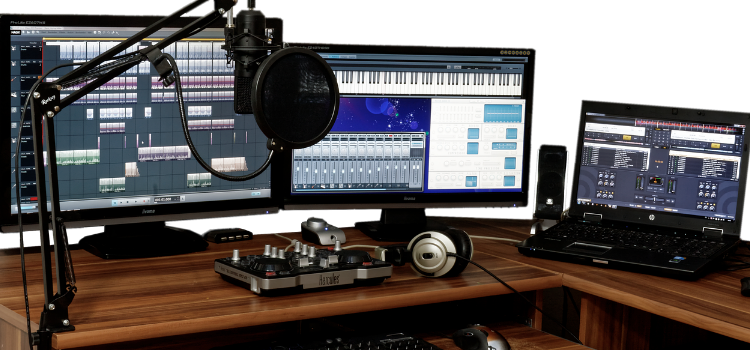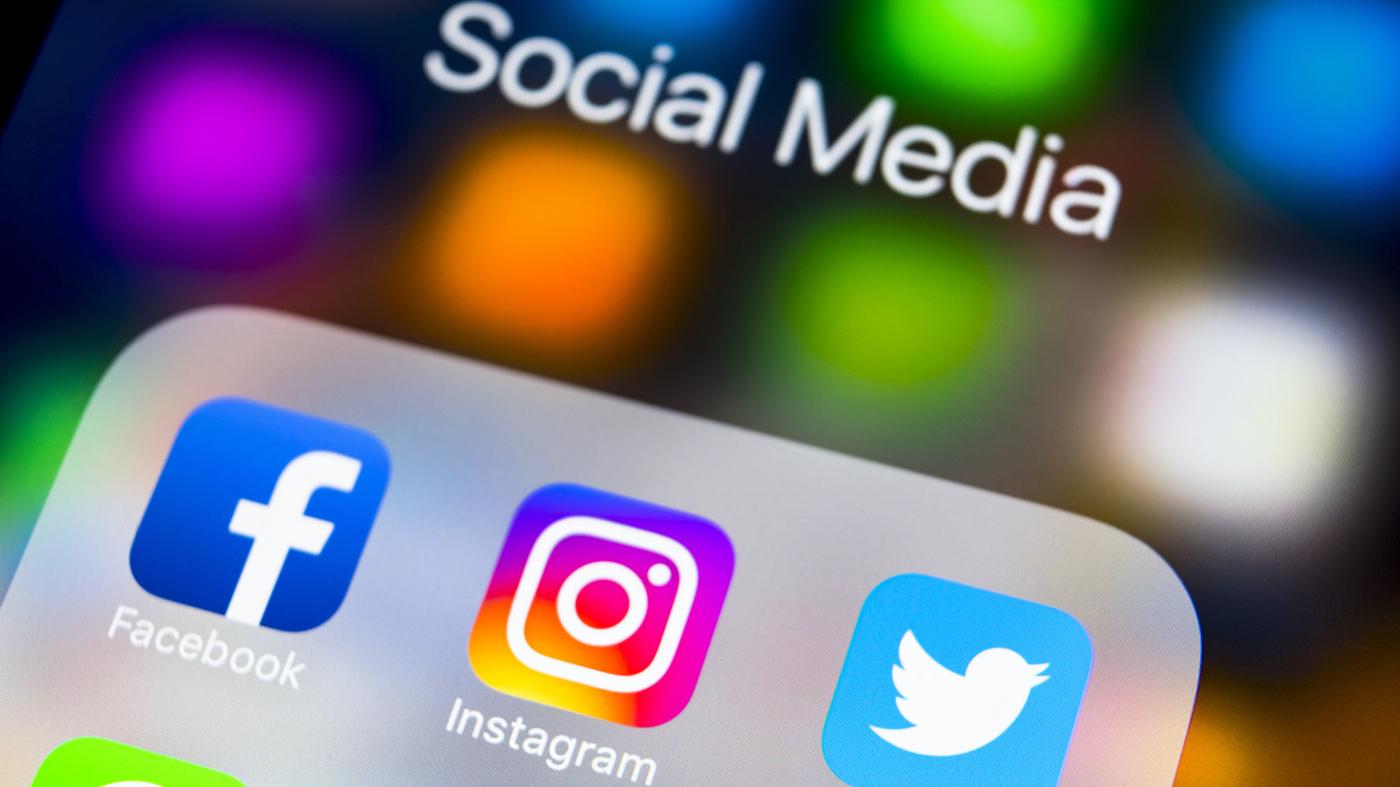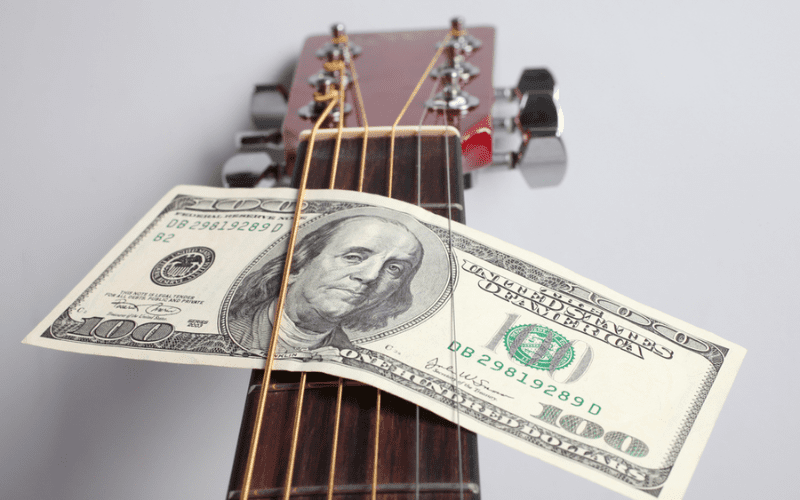How To Set up a home Recording Studio

How To Set up a Home Recording Studio. The first thing to note when setting up a home recording studio is that while having really high quality and expensive gear and a multimillion-dollar facility is a great asset for making professional recordings, it pales in comparison to how important the actual skills are required to make a great recording and/or mix.

Knowing what you’re doing will trump any piece of gear.
With today’s technology, you can ultimately make an incredibly professional sounding recording and mix with very little money spent on “gear” and in the comfort of one’s own home.
This article will address some considerations when setting up a home studio on a budget…
HOW TO SET UP A HOME RECORDING STUDIO
1. COMPUTER
First of all, you’ll have to own a computer.
You don’t need the latest Mac Pro that’s all decked out with every single possible specification that could power a spaceship and cost you a pretty penny, but you also don’t want to be doing your recording on hand-me-down Windows 95 computer from the 90s.
We recommend a middle of the road current Mac Book Pro, iMac, or even Mac Mini (or any of the PC equivalents—although the greater percentage of creatives in the music business choose Mac).
The computer is going to be your center of operations and is a very important part of the home studio.

Most music biz creatives choose to use a Mac.
2. DIGITAL AUDIO WORKSTATION
It doesn’t really matter which one you choose, but you’ll need to purchase a DAW (short for Digital Audio Work Station). This “app” is what allows you to record, use virtual instruments (VIs), and mix.
The industry standard is Avid’s Pro Tools, and for complex audio mixing, manipulation and routing, is probably the best for the task.
It used to be very expensive to get a Pro Tools rig running in a home studio, but now for around $100 a year, you can have the exact software that the pros use.
Or, for around $200, you can purchase Apple’s Logic, which is the choice for most songwriters, producers, and musicians both professional and beginners who are just getting into the game of producing, recording, and mixing. If you’ve used Garage Band, Logic is a nice segue into the world of pro audio because it has a similar layout and look.
Ableton Live—which is a bit more expensive if you buy the complete version—is another great option and is the choice for the larger percentage of producers in the EDM, hip hop, and electronic genres because of its excellent MIDI, VST, and song creation workflow.
You can explore other options like Cubase, Reaper, Fruity Loops, etc. – just remember that there is no difference in audio quality between DAWs, and no DAW “sounds” better than any other.
It’s all about the DAW that allows for the best workflow for you, which varies from person to person.

Many of the companies allow for you to demo the software for free, so try them out!
3. AUDIO INTERFACE
Unless you’re planning to solely use virtual instruments (VIs) and samples in your productions, you’ll need an audio interface.
Not only will an audio interface allow you to record audio such as your voice, guitar, synth, etc. via a microphone or instrument cable, it also will provide you with some quality outputs for a set of speakers—or “monitors” as we call them in the audio world.
You can use the headphone output of your computer, but it is not as good as an interface, it will require adapters, and can generally be a bit of a nuisance sometimes with buzzes and other artefacts of the computer and audio converters.
Audio interfaces can be as cheap as $100 or can climb into the thousands of dollars.
For most home studio enthusiasts — unless you’re recording a live band/ensemble or desiring to track drums with lots of microphones — you won’t need that many inputs and can thus buy a cheaper interface.
We recommend on the lower end the Scarlett 2i2 (~$150) or on the mid-range end the Universal Audio Apollo Twin (~$700).
If you decide you need more than two inputs, we recommend the Scarlett 18i20 or the Universal Audio Apollo Quad.

Besides the input and output count (I/O) the difference in audio quality between the more expensive stuff and the cheaper stuff is there, but it is not night and day difference.
If you intend on combining some live instruments (such as guitars and vocals) with virtual instruments in your productions, the difference is even more negligible. The high-end interfaces really are geared towards engineers who are recording mostly audio, as opposed to electronic producers.
4. SPEAKERS (MONITORS) & HEADPHONES
Being able to hear what you’re recording and mixing in the best of detail is of utmost importance for making a quality record. Luckily, you don’t have to break the bank to get some good monitors and headphones.
Monitors have the advantage of being “flat” as opposed to commercial speakers that are tuned with a hyped EQ curve. While your car audio system or home entertainment HiFi may be fun to listen to music on, you certainly don’t want to mix on those systems as you may make some very faulty mixing mistakes.
For example, if the system has super heavy bass, you may make up for it by mixing your track with less bass, and then when you play your track on a generic car system or listen on headphones, it will be completely top heavy and will lack the necessary low end.
You can purchase some decent monitors for as little as $400. Yamaha HS5s or KRK G2 5s are great for getting started.

You don’t need to break the bank when it comes to buying your first monitors.
However, once you get into the midrange cost of monitors, you will definitely notice a difference and the extra money spent will really help you with your recording, production, and mix decisions.
Yamaha HS8s are becoming an industry standard and you can get a used pair for as little as $600.
Monitors from companies like Adams and Focal will cost well over a grand, but are truly incredible and should be considered if you have the budget.
If you plan on recording vocals or any other instrument with a microphone, you’ll need some headphones as it will create feedback and other unwanted noise and phasing if you record while listening through monitors in the same room.
You can get headphones that are fine for tracking for as little as $20-$30. However, if you intend on being able to use headphones for mixing and producing, you’ll have to spend quite a bit more.
One of the industry standards for mixing headphones are the Beyerdynamic DT700s. These are truly incredible, flat, and accurate headphones that you can use to mix.

Historically, there’s been a sentiment in the audio community that “you can’t mix on headphones,” but that’s simply not true as countless contemporary records have been mixed using headphones. As a matter of fact, sometimes it’s better to mix on headphones because if you’re listening to your monitors in “bad” room that has echo, unwanted resonance, and other undesirable room artefacts, you will get a distorted version of what you are recording and mixing. At least on headphones, if you’re using good ones, it will be flat and will always be the same in a neutral environment (right next to your ears)—something you can rely on.
Remember, when you first begin mixing, it’s a good idea to use reference tracks while mixing so you know what truly great recordings sound like on your system. Don’t worry, you won’t be able to copy someone else’s mix completely. Instead, you’ll have a better idea of where things should go in your own mix.
5. MICROPHONES
You’ll need a microphone in order to record vocals or any other acoustic instrument. More than likely, you’ll just need one microphone.
Ensuring that your vocal tracks shine in a mix is the most vital part of your recording endeavor if you’re involved with popular music. Luckily, you can record stellar vocals with a relatively budget microphone.
The Rode NT1A is a great choice.
Paying a bit of homage to the famed Neumann U87, it costs a fraction of the Neumann’s $3,700 retail price tag: $229. Don’t get me wrong, a Neumann U87, U67, Manley Gold Reference, or any other fancy microphone can do wonders on a vocal. But you can still record completely professional tracks with a Rode NT1A.

What will really make a true difference in the quality of your recorded vocal tracks are:
(A) the quality and skill of the singer
(B) the quality of the room you record in.
If you record a so-so singer in a room that has unwanted resonance and noise, your tracks will sound unprofessional. It doesn’t matter if it’s a U87 or a Rode NT1A. If you record a great singer in a room that is free of unwanted noise, resonance, and echo, you will have stellar tracks.
It should be noted that you don’t need to go out and buy the most expensive acoustic treatment for the room you’ll be recording in.
You can buy budget materials or even use stuff lying around the house like blankets, mattresses, pillows, etc. to dampen the room. Bookcases with books really help to diffuse the room.
When I first started engineering, I had my vocalists record in my walk-in closet. I couldn’t charge as much back then because of the way it looked, but now I have a professional vocal booth and can charge a lot more. However, the difference in sound quality between the two is practically non-existent!
If you plan on recording a stereo source, such as a piano, drum overheads, stereo room, etc. either buy an additional mic to match what you already have, or you could buy a stereo pair.
Perhaps if you did buy something like the NT1A, which is a large diaphragm microphone, a stereo “pencil” pair may be a good compliment. The Rode NT5s are a good budget choice.
That’s it! Anything else you buy will be just embellishing the essentials of a fully operational recording studio. Outboard analog gear is fun and can add interesting and beautiful colors to your recording and mixing arsenal, but are not completely necessary. Better yet, purchase a few quality plugins and really learn them.
Below is the equipment for a sample budget recording studio:
Mac Mini: $699
Logic Pro: $199
Scarlett 2i2: $149
Tracking headphones: $29
Rode NT1A: $229
Yamaha HS5s: $400
Total: $1,705
When you have made your home-recorded demo, it’s a matter of turning it into a master track, ready to compete for airtime on major radio stations. The easiest (and the best) way to achieve this is by hiring professionals.
If you’re worried about the costs, don’t be. In the day and age we live in, where everything can be done through online collaboration, hiring a professional music studio is affordable and you get master-quality tracks thanks to A-list engineers, musicians and producers who are now one click away.
Do you have any question about setting up your own home studio? Or any tips for other musicians hoping to start recording at home? Let us know in the comments below.




